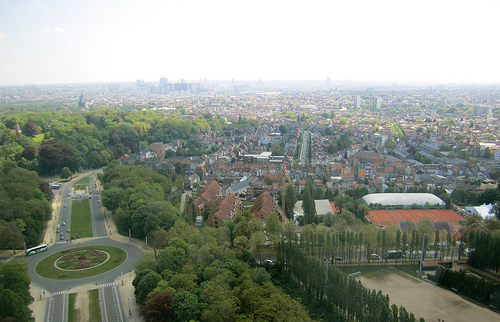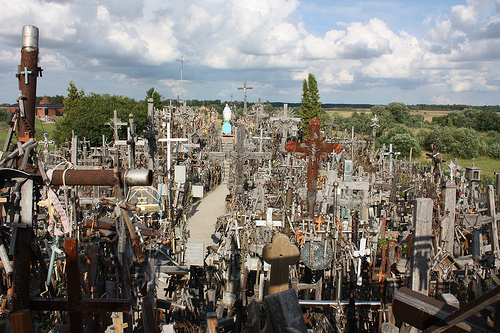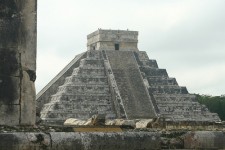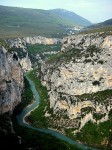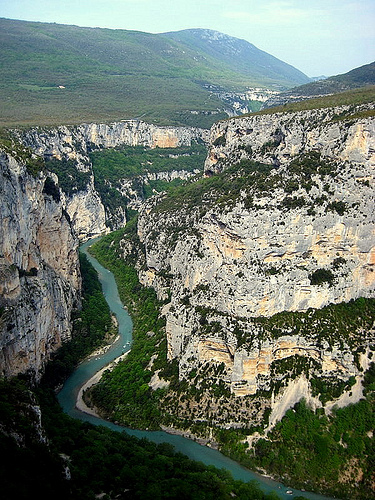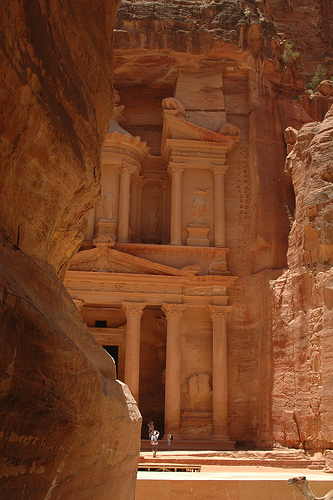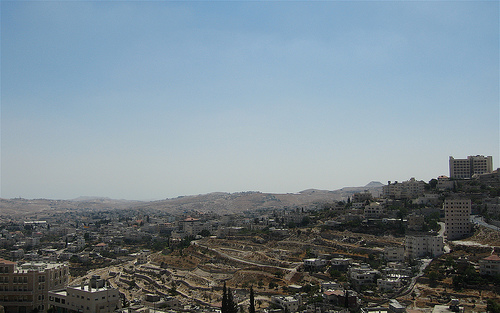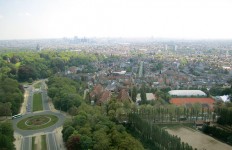
“Strength through Unity” – Belgium’s Motto.
- Belgium is a country found in Europe’s west, that covers just over 30,500 square kilometres (11,700 square miles) in area, and its neighbours are Germany, France, the Netherlands and Luxembourg, and the capital city is Brussels.
- Belgium has a constitutional monarch in place; and is the only country in the world with the ‘popular monarchy’ system, and as such the king is known as the king of the people (King of the Belgians), rather than the king of the country.
- ‘Belgium’ is also known as ‘België’ in Dutch, ‘Belgique’ in French, ‘Belgien’ in German, the ‘Kingdom of Belgium’ (its official name), and the ‘Battlefield of Europe’, referring to the country being the ground of many wars.
- Of the 11 million people who populate Belgium, approximately 59% are Dutch speaking and 41% are French speaking, as well as a small quantity of German speaking people, causing the country to have three official languages.
- Belgium is split into three areas, the two major areas being Flanders and Wallonia; the former mainly houses those of Flemish origin (Dutch speakers) while the latter mainly houses those of Walloon origin (French speakers) as well as the small group of 70,000 Germans that generally reside in the eastern part of the country.
Aerial View of the capital city, Brussels
Image courtesy of La Citta Vita/Flickr
- Belgium was originally occupied by Celtic and Germanic communities until 100 BC when it was conquered by Romans and known as ‘Gallia Belgica’, which is where the modern name of the country is derived from.
- Belgium’s politics involves the king, who is the head of state, and from 2013 was King Philippe, who allocates the position of all ministers for the federal government.
- In 2012, Belgium had a nominal GDP estimate of $484.7 billion, with food, finished diamonds, metal, machinery, and chemicals as major exports.
- Belgium is known for its contribution to the arts, and for its cuisine, with many famous chocolates and over 1000 different types of beer.
- Belgium is the home of 11 or more UNESCO World Heritage Sites and many famous architectural buildings and galleries, including the Cathedral of Notre-Dam.
Bibliography:
Belgium, 2014, Wikipedia, http://en.wikipedia.org/wiki/Belgium
Belgium, n.d, European Union, http://europa.eu/about-eu/countries/member-countries/belgium/index_en.htm






